Nutritional value of jujube
Nutritional composition in 100g of jujube: Energy: 79 kcal; Carbohydrates: 20.23 g; Protein: 1.2 g; Fat: 0.2 g; Fiber: 2.4 g; Vitamin B9 (Folate): 3 mcg (1% recommended daily value - DV); Vitamin B3 (Niacin): 0.9 mg (6% DV); Vitamin B6 (Pyridoxine): 0.081 mg (5% DV); Vitamin B2 (Riboflavin): 0.04 mg (3% DV); Vitamin B1 (Thiamin): 0.02 mg (2% DV); Vitamin A 40 μg (4% DV); Vitamin C: 69 mg (77% DV); Sodium: 3 mg (0% DV); Potassium: 250 mg (8% DV); Calcium: 21 mg (2% DV); Copper: 0.03 mg (3% DV); Iron: 0.48 mg (3% DV); Magnesium: 10 mg (2% DV); Manganese: 0.084 mg (4% DV); Phosphorus: 23 mg (2% DV); Zinc: 0.05 mg (0% DV).
Jujubes contain high levels of fiber, which helps control blood sugar levels and improve digestive health. Jujubes have a low glycemic index (GI) and glycemic load (GL), helping diabetics maintain stable blood sugar levels when consumed in moderation.
Can diabetics eat jujube?
Diabetics can absolutely eat jujubes, thanks to the nutritional properties and low glycemic index of this fruit.
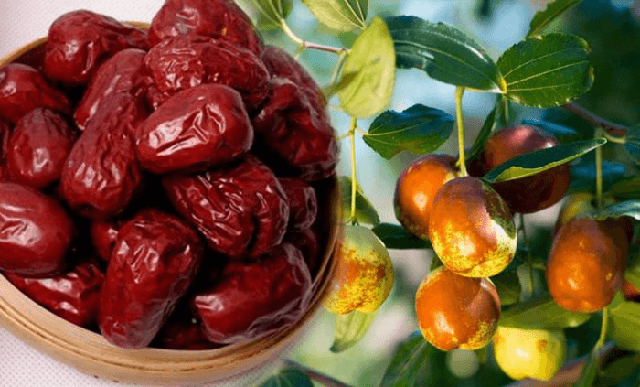
Jujubes are classified as foods with a low glycemic index (GI ≤ 55). This means that when eating jujubes in moderation, blood sugar levels will not increase suddenly.
Glycemic index (GI) and glycemic load (GL) of jujube: Glycemic index (GI): 20 Glycemic load (GL): 4.
Jujubes are classified as foods with a low glycemic index (GI ≤ 55). This means that when eating jujubes in moderation, blood sugar levels will not increase suddenly.
Regarding the glycemic load (GL), the value of 4 shows that jujube has a very small impact on blood sugar levels after consumption. Specifically, for every 100g of jujube, the impact of this fruit on blood sugar levels is insignificant, helping patients control blood sugar more easily.
Not only do jujubes have low GI and GL, they are also rich in fiber and antioxidants, which help maintain overall health and aid in diabetes management. The fiber in jujubes slows the absorption of sugar into the blood, while the antioxidants help protect the body from oxidative stress, a factor that increases the risk of diabetes complications.
How much jujube should diabetics eat?
Diabetics can eat jujube, but need to pay attention to the amount consumed to ensure health safety and effective blood sugar control.
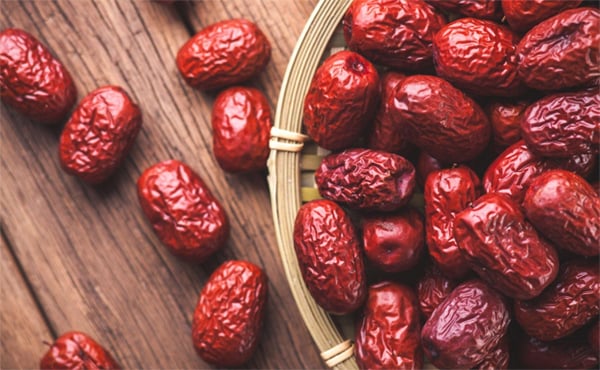
When eating jujube after main meals: Limit to no more than 100g to avoid adding more carbohydrates.
Based on the glycemic load (GL), diabetics can consume up to 500g of jujube in one meal without causing a sudden increase in blood sugar. However, to protect overall health, experts recommend limiting: 250 – 300g of jujube/day. 100 – 150g of jujube per meal.
The safe amount of jujube depends on the total amount of carbohydrates in the diet. If the meal already contains a lot of carbohydrate-rich foods, the patient should reduce the amount of jujube to avoid increasing blood sugar.
When eating jujube after main meals: Limit to no more than 100g to avoid adding more carbohydrates.
When eating jujube as a snack: You can consume about 200g to ensure stable blood sugar levels.
Note when eating jujube: Monitor the body's reaction: Each person has a different level of carbohydrate tolerance, so patients should pay attention to monitoring blood sugar after eating.
Consult a doctor: To determine the amount of jujube suitable for health condition, patients should consult a doctor or nutritionist.
The best way to eat jujube for diabetics
Prioritize choosing fresh jujubes: Fresh jujubes contain less natural sugar than dried jujubes. Dried jujubes often have a high sugar concentration, which can easily cause blood sugar to increase rapidly. Therefore, choosing fresh jujubes will be a safer option for your health.
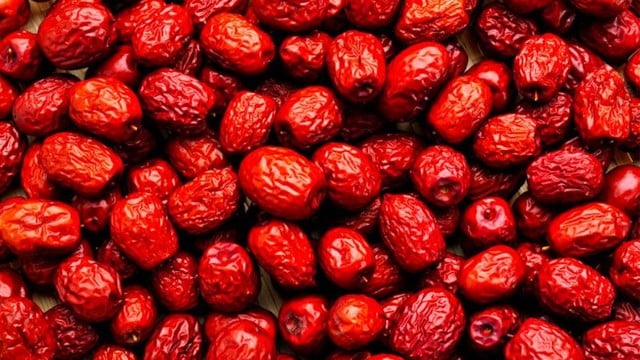
Eat the whole jujube peel: Jujube peel contains many nutrients, especially polyphenol - a compound that can stimulate insulin production, supporting blood sugar regulation.
Control the amount of carbohydrates in your meals: Jujubes are rich in carbohydrates, so patients need to carefully adjust the amount of consumption. If jujubes are the main source of carbohydrates in the meal, limit them to 250-300g per day or 100-150g per meal. In case of other carbohydrate-rich foods, reduce the amount of jujubes consumed and consult a doctor or nutritionist for specific recommendations.
Monitoring blood sugar after eating: Monitoring blood sugar levels after consuming jujube will help assess the effects of this fruit on health. From there, patients can adjust their diet more appropriately.
Eat the whole jujube peel: Jujube peel contains many nutrients, especially polyphenol - a compound that can stimulate insulin production, supporting blood sugar regulation. Therefore, you should eat the whole jujube instead of just eating the fruit flesh.
Proper processing: Using fresh jujubes directly is the best choice because it retains optimal nutritional content. If processing into dishes, limit the use of sugar, salt or ingredients that easily increase blood sugar such as condensed milk or fruit juice.
Source: https://giadinh.suckhoedoisong.vn/cach-an-tao-tau-tot-nhat-cho-nguoi-benh-tieu-duong-172250419154842768.htm





![[Photo] Prime Minister Pham Minh Chinh chairs conference on anti-smuggling, trade fraud, and counterfeit goods](https://vphoto.vietnam.vn/thumb/1200x675/vietnam/resource/IMAGE/2025/5/14/6cd67667e99e4248b7d4f587fd21e37c)








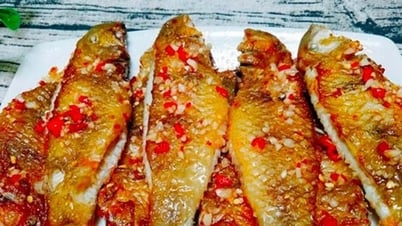
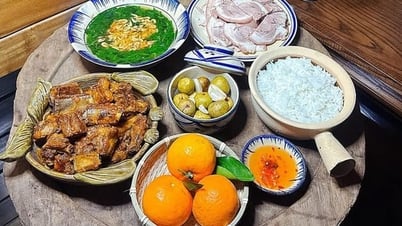
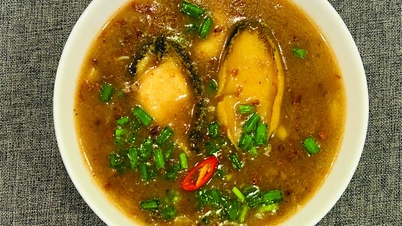













































































Comment (0)